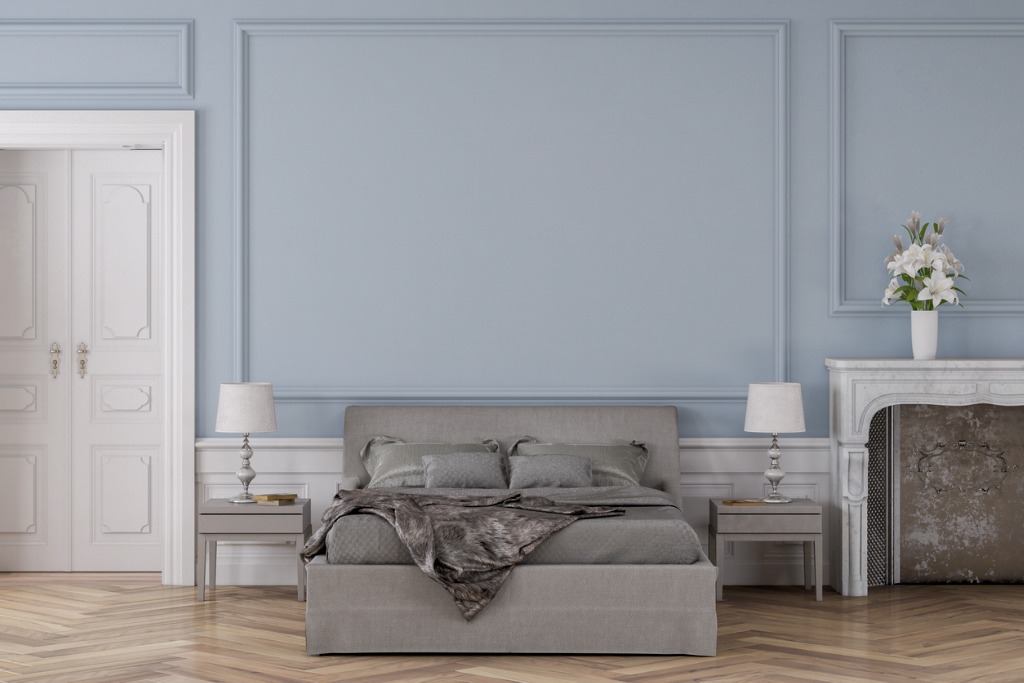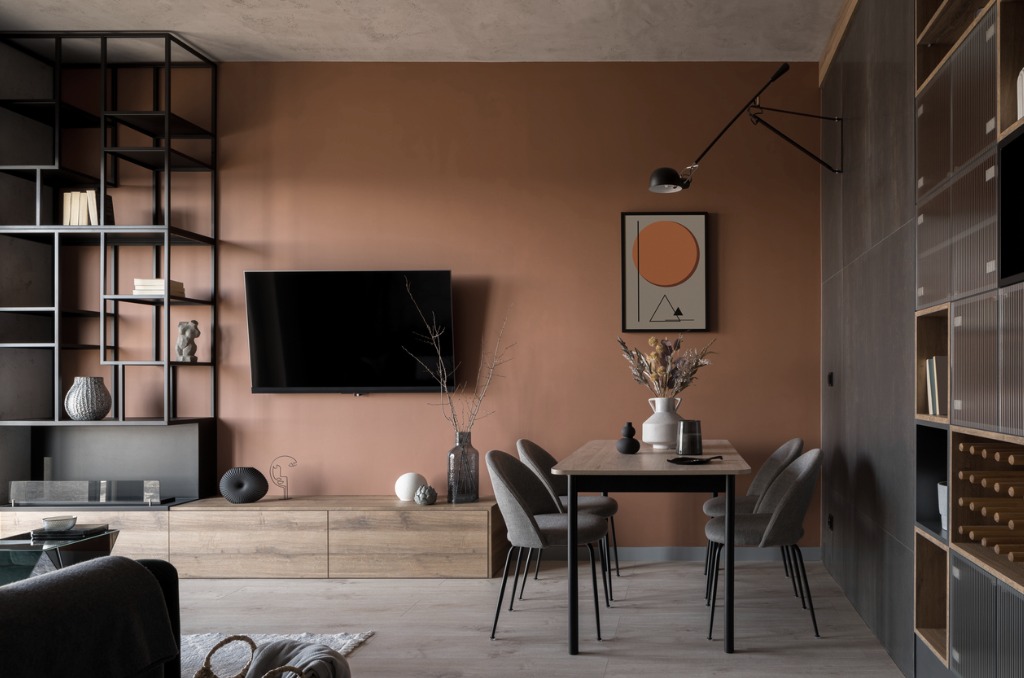Owner-occupied residential property: falling financing costs lead to excess demand
The further mortgage interest rates fall, the more favourable buying becomes compared to renting. The resulting excess demand for owner-occupied residential property is likely to give a further boost to prices, which are already rising.
Investment property: investment crisis leads to sharply rising prices
In a negative interest rate environment, liquidity at the bank no longer yields any interest (or, on the contrary, even costs negative interest rates again) and fixed-interest investments such as bonds also offer no alternative. As with the last phase of negative interest rates, this situation will lead to a sharp increase in demand for investment property and cause prices to rise significantly.
As a further price-driving effect, the more favourable financing costs mean that buyers can pay higher prices with the same income prospects. The now lower mortgage interest payments reduce the total outlay for a property and increase the return on equity.
Finally: construction activity could increase
It is no longer a secret that too little is being built in Switzerland. Falling financing costs are making construction projects more profitable again and should provide a significant boost to the construction industry. In turn, more new builds will have a calming effect on the rise in property prices.
Conclusion:
Phases with negative interest rates are extreme situations that have unhealthy effects on the Swiss property market and the economy as a whole. It remains to be seen whether the Swiss National Bank will have to resort to this unpopular measure again in this interest rate cycle.












